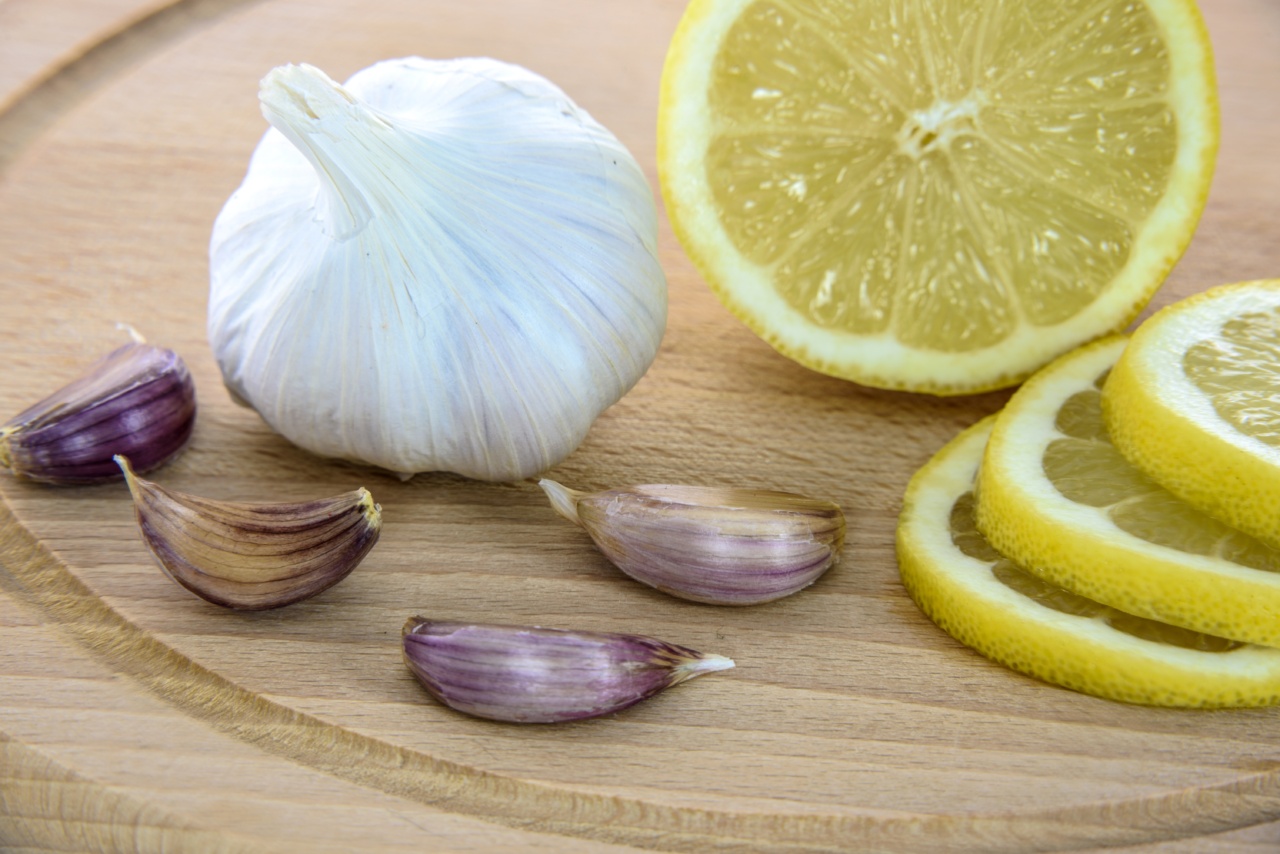When it comes to maintaining a clean and hygienic kitchen, most people overlook one item that harbors more bacteria than a toilet seat – the humble kitchen sponge.
Despite its seemingly innocent appearance, a kitchen sponge can be a hotbed for all kinds of harmful bacteria, including antibiotic-resistant strains. As scientists dive deeper into the world of microbiology, studies have brought to light the potential dangers lurking within our kitchen sponges and the role they play in the growing antibiotic resistance crisis.
The Rise of Antibiotic Resistance
Antibiotics have been hailed as the miracle drugs of the 20th century, revolutionizing medical treatments and saving countless lives.
However, the overuse and misuse of antibiotics have led to the emergence of antibiotic-resistant bacteria, rendering these life-saving drugs ineffective. The World Health Organization has classified antibiotic resistance as one of the biggest threats to global health, with the potential to plunge modern medicine back into the dark ages.
All Hail the Kitchen Sponge
While it may be hard to fathom, your trusty kitchen sponge is teeming with bacteria. In fact, it is estimated that a typical kitchen sponge harbors millions, if not billions, of bacteria per square inch.
The combination of moisture, warmth, and food particles trapped within the sponge create the perfect breeding ground for bacteria to thrive and multiply.
Bacteria Species Found in Kitchen Sponges
Various studies have identified a wide range of bacteria species dwelling within kitchen sponges. These include common culprits such as Salmonella, E. coli, Staphylococcus aureus, and Campylobacter, all of which can cause severe foodborne illnesses.
More alarmingly, researchers have discovered antibiotic-resistant strains of these bacteria, leaving us vulnerable to infections that are difficult, if not impossible, to treat.
The Antibiotic Resistance Battle Begins
Given the significant levels of bacteria present in kitchen sponges, it is imperative to understand how they contribute to the antibiotic resistance crisis.
When we use a contaminated sponge to clean our dishes, utensils, and countertops, we inadvertently spread these bacteria onto our kitchen surfaces. If any of these bacteria are antibiotic-resistant, they can survive regular cleaning practices and find their way into our bodies through food preparation or cross-contamination.
Can We Clean the Kitchen Sponge?
Many people assume that simply rinsing a kitchen sponge under hot water or even microwaving it can eliminate the bacteria. However, research suggests that these methods are often ineffective in eradicating the resistant bacteria.
In fact, microwaving a sponge can even lead to a greater concentration of antibiotic-resistant bacteria, as the heat creates an ideal environment for their growth.
Alternatives to Traditional Kitchen Sponges
To reduce the risk of antibiotic-resistant bacteria in your kitchen, it may be worth considering alternatives to traditional sponges.
One option is to use disposable paper towels or biodegradable wipes for quick cleanups, reducing the ability of bacteria to grow and spread. Another alternative is to switch to reusable cotton or microfiber cloths that can be laundered in hot water with bleach, effectively killing most bacteria.
Regular Replacement and Cleaning Habits
Regardless of the type of cleaning tool you choose, diligent hygiene practices are essential to prevent the accumulation and spread of bacteria.
Experts recommend replacing kitchen sponges every few weeks, especially if they develop an odor or show signs of wear and tear. Additionally, regularly sanitizing your sponge by soaking it in a bleach solution or using sanitizing tablets can help reduce bacterial contamination.
Maintaining a Clean and Sanitary Kitchen
Remember that a kitchen sponge is just one piece of the hygiene puzzle. Proper food handling, regular hand washing, and thorough cleaning of kitchen surfaces are all crucial aspects of maintaining a clean and sanitary kitchen.
By being mindful of these practices, we can minimize the risk of antibiotic-resistant bacteria and contribute to the global fight against antibiotic resistance.




























